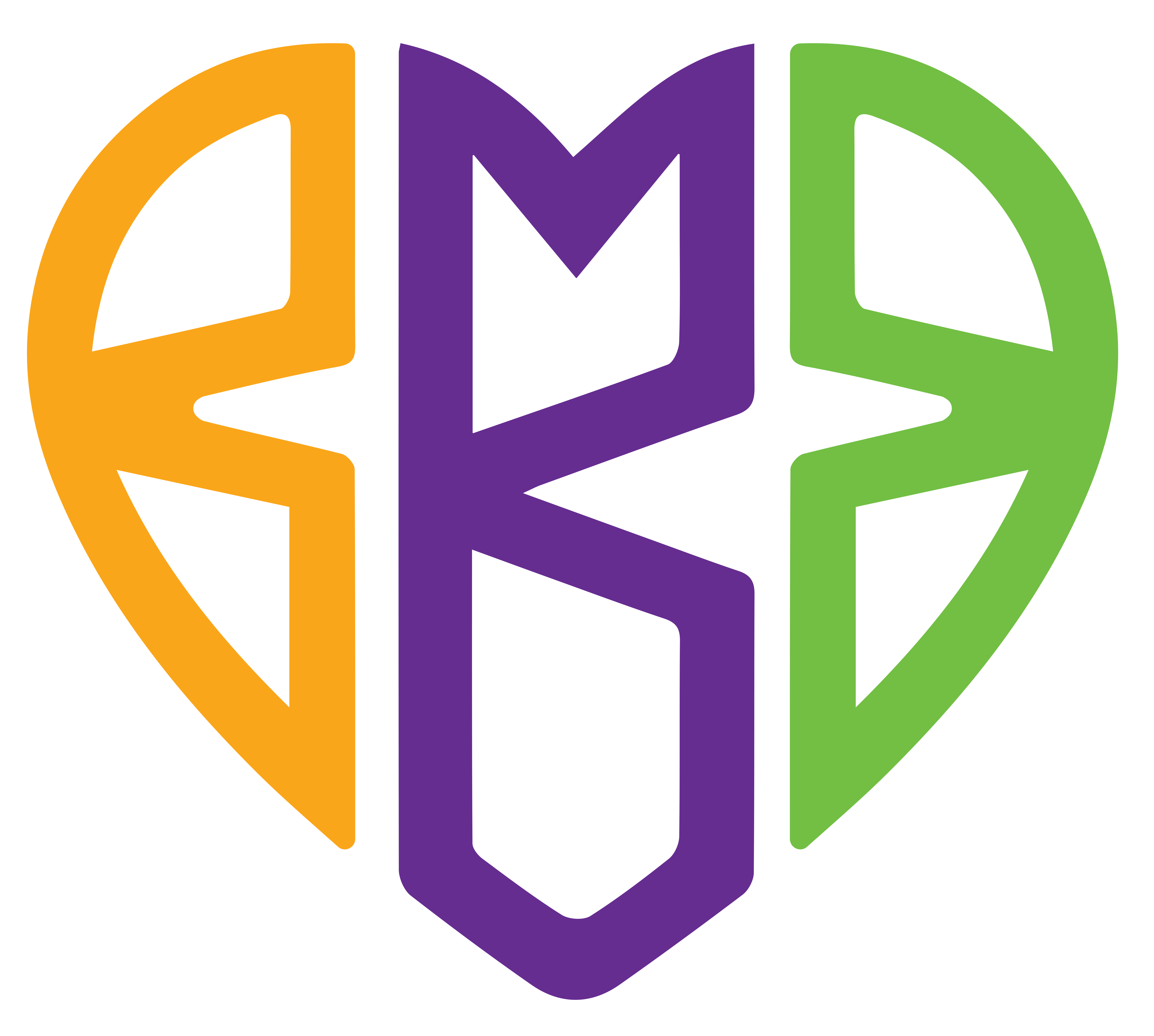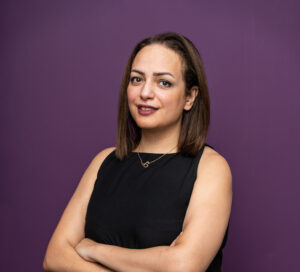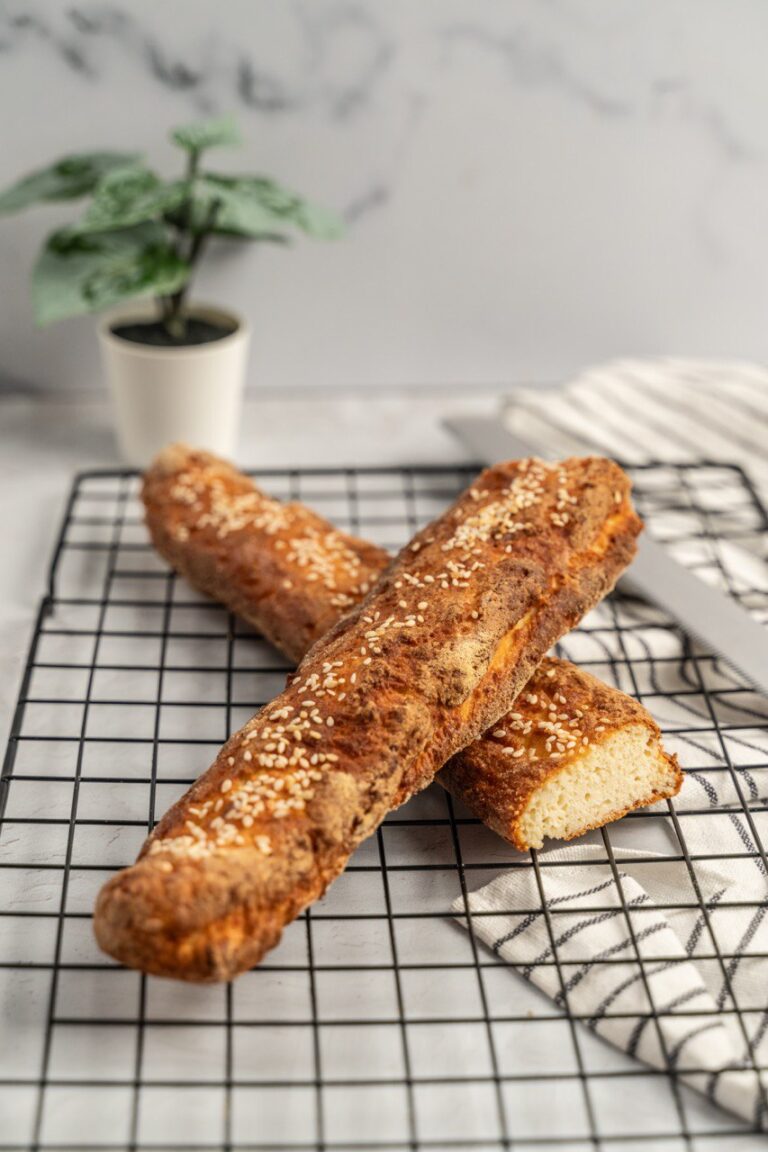If we were to rate the organs of the body by how many physiologic of process they handle the liver would be #1.
The liver is essential for removing toxins from the blood, clearing old blood cells, storing vitamins , nutrient metabolism and much more.
People likely can not develop whole body insulin resistance without the liver being insulin resistance and the liver may be one of the first organs to do so.
Then a healthy liver senses insulin in the blood , it will take in glucose – not to use a right away, but rather to stores as a backup energy for the body. It converts some to the substance called glycogen which is just several glucose molecules linked together, and some to fat.
This lowers the amount of glucose, in the blood , which helps lower insulin however once insulin resistance the liver began to create a uniquely pathogenic situations, increasing blood glucose and fats, as well as potentially altering LDL cholesterol size.
Normally glycogen is held for reserve energy in our liver and muscles. When the body senses that energy is needed in respond to low blood glucose or distress or to help our digestion – the glycogen is converted back into glucose and released into the blood stream.
With insulin resistance insulin no longer tells the liver to take in an store the glucose as glycogen. In the absence of this signal even with high blood level is of Both glucose and insulin the liver begins to break down glycogen to be released as glucose into the blood , further increasing glucose and driving up insulin.
Vita fats there is a different problem. Remember, when insulin comes to the healthy liver the liver readily takes excess glucose and converts it to fat. Some of this fact we will be stored in the liver, and some we will be passed into the blood. With the typical hyperinsulinaemia that accompanies insulin resistance, this process is happening more often than normal. In other words the excess insulin signals to the liver to lems, hyperlipidaemia and fatty liver.


